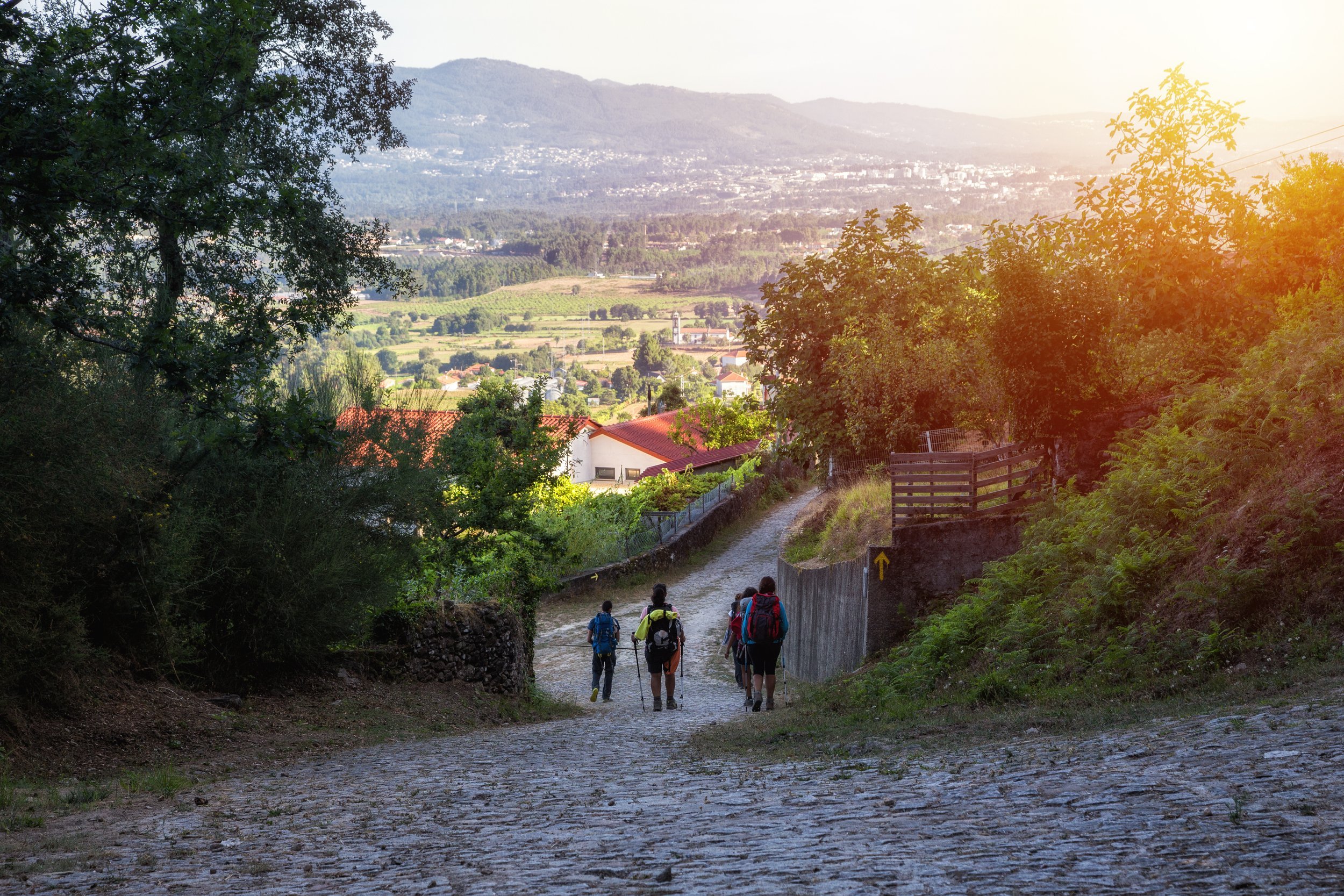
About the Via Francigena
The history of the Via Francigena pilgrim route dates back to the Middle Ages. It’s path became an important European trade route leading to the unprecedented development of many of the towns along it's way and that exist today. In the 13th century, trade grew to such an extent that several alternative routes to the Via Francigena were developed, and it, therefore, lost its unique character and broke into numerous different routes linking the north and Rome.
How the Via Francigena Became a Pilgrimage
The most widely known itinerary for this route was documented by Sigeric the Serious, the archbishop of Canterbury. In 990, Sigeric travelled to Rome to meet Pope John XV and receive the investiture pallium. Along the way, he recorded in his diary the 79 stages of the journey. The 1,700 km (about 1,000 miles) crossed Italy, Switzerland, France and England. Thanks to this historic document, it was possible to reconstitute a route between Canterbury and Rome, which can now be followed by travelers on foot and bike.
During the Reformation and due to the political instability in Europe, pilgrimages to Rome became less popular and much of this route fell into disuse or became part of national road networks. As the Renaissance blossomed in Europe, the Via Francigena began to decline in popularity. Trading routes multiplied and shifted to pass through Florence, one of Italy’s most significant intellectual, artistic and mercantile cities at the time.
Forgotten
The Via Francigena became, for the most part, forgotten, although sections remained in use as local roads and footpaths. Things remained that way until 1985. According to the BBC, a Tuscan anthropologist, writer and adventurer named Giovanni Caselli was looking for new topics to write travel books about. As an enthusiastic hiker who had also walked the old Silk Road through China, Uzbekistan and Tajikistan, Caselli decided to walk the Via Francigena after learning about Sigeric’s route.
“I would go into a town and ask the local people, ‘What’s the oldest route from here to there’,” he said. “And it worked, because the local memory of these paths still exists.” Caselli walked all the way from Canterbury to Rome, crossing the British countryside, the English Channel (by ferry), French Champagne country, the Swiss Alps and the rolling hills of Tuscany.
After Caselli published his book about the Via Francigena in 1990, the route started gaining attention.
In 1994, the Via Francigena was designated as a Cultural Route by the Council of Europe, and then named a Major Cultural Route in 2004. There have been increasing investments in this route, particularly through Italy. In 2009, the Italian Government recognised the importance and benefit of recovering this route. It ensures that the route has good signposts. They began supporting communities along the route in providing services for pilgrims.
Today
When travelling on the Via Francigena, one walks along the “European cultural corridor,” discovering highest artistic cultures from pre-Romanesque and Romanesque, to Gothic, Renaissance and Baroque. The Via Francigena is indeed the oldest and most important medieval pilgrimage route connecting Northwestern Europe with the Italian peninsula and in particular with Rome.
With its different roles as a military road, trade route and a pilgrimage route throughout the Middle Ages – the Via Francigena put different values and traditions in contact and has been an extremely important vehicle for transmitting cultural messages from one part of Europe to another. The route often runs along main streets and is bordered by the most important monuments, beautiful buildings and archaeological sites (from www.coe.int).
Marked by ancient processes, the Via Francigena in Italy represents one of the most eminent "documents-monuments" of the creation and development of pilgrim routes, standing out distinctly as a cultural routes and an inseparable combination of material and immaterial assets: urban, landscape, architectural, technological and artistic. This important repertoire of preserved heritage makes it possible to recognise the importance of the role played by this route over time; in the physical structure and cultural development of the cities and areas crossed. It enables an understanding of the exceptional nature of the qualities and values represented (from UNESCO World Heritage).



